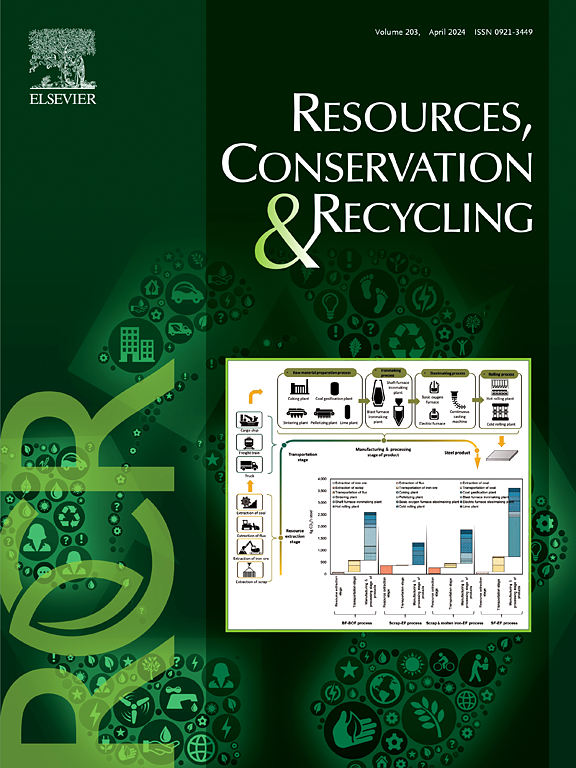从企业财务指标预测运营用水强度:对基于人工智能的资源管理的启示
IF 11.2
1区 环境科学与生态学
Q1 ENGINEERING, ENVIRONMENTAL
引用次数: 0
摘要
气候变化正在影响水资源的可用性和可预测性,影响企业运营、供应链及其在资本市场上的财务业绩或估值。企业对水需求和运营强度的披露不足,需要使用先进的数据科学工具来为风险暴露和投资决策提供信息。利用11个行业2550个公司的数据,利用财务数据建立了机器学习模型,以量化企业的水强度指标。这些指标以收入、营业利润和固定资产投资为基准。固定资产周转率、财务杠杆和库存周转率是因素模型中的关键预测因素,特别是对于生产导向的部门,如IT,或R2值从0.66到0.75的消费必需品。使用全球和行业特定模型将预测的水强度数据与披露的信息进行比较,表明选定部门的统计一致。当与基于文本的数据相结合时,这些见解为财务资源分配提供了企业层面的气候-水风险趋势。本文章由计算机程序翻译,如有差异,请以英文原文为准。
Predictive learning of operational water intensity from corporate financial indicators: Implications for AI-based resource management
Climate change is affecting water resource availability and predictability, impacting corporate operations, supply chains, and their financial performance or valuations in the capital markets. Scant corporate disclosure on water demand and operational intensity necessitates the use of advanced data science tools to inform risk exposures and investment decisions. Using 2550 company years across eleven industry sectors, machine learning models were built from financial data to quantify corporate water intensity metrics. These metrics were benchmarked to revenue, operating profit and investment in fixed assets. Fixed asset turnover, financial leverage, and inventory turnover were key predictors in factor models, particularly for production-oriented sectors such as IT, or consumer staples with R2 values from 0.66 to 0.75. Comparison of predicted water intensity data to disclosed information using global and industry-specific models indicated statistical agreement for selected sectors. When combined with text-based data, these insights inform firm-level trends of climate-water risk for financial resource allocations.
求助全文
通过发布文献求助,成功后即可免费获取论文全文。
去求助
来源期刊

Resources Conservation and Recycling
环境科学-工程:环境
CiteScore
22.90
自引率
6.10%
发文量
625
审稿时长
23 days
期刊介绍:
The journal Resources, Conservation & Recycling welcomes contributions from research, which consider sustainable management and conservation of resources. The journal prioritizes understanding the transformation processes crucial for transitioning toward more sustainable production and consumption systems. It highlights technological, economic, institutional, and policy aspects related to specific resource management practices such as conservation, recycling, and resource substitution, as well as broader strategies like improving resource productivity and restructuring production and consumption patterns.
Contributions may address regional, national, or international scales and can range from individual resources or technologies to entire sectors or systems. Authors are encouraged to explore scientific and methodological issues alongside practical, environmental, and economic implications. However, manuscripts focusing solely on laboratory experiments without discussing their broader implications will not be considered for publication in the journal.
 求助内容:
求助内容: 应助结果提醒方式:
应助结果提醒方式:


